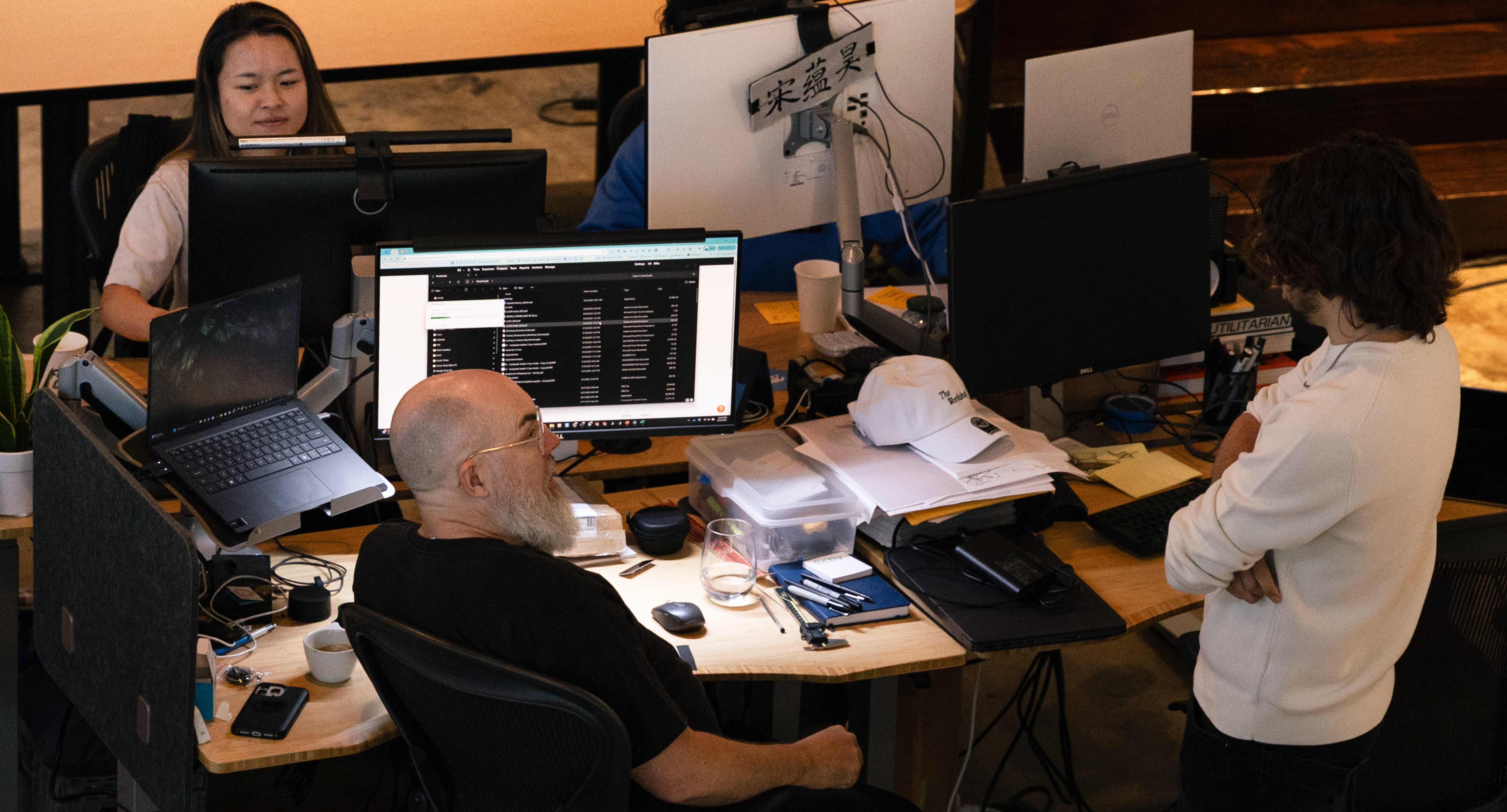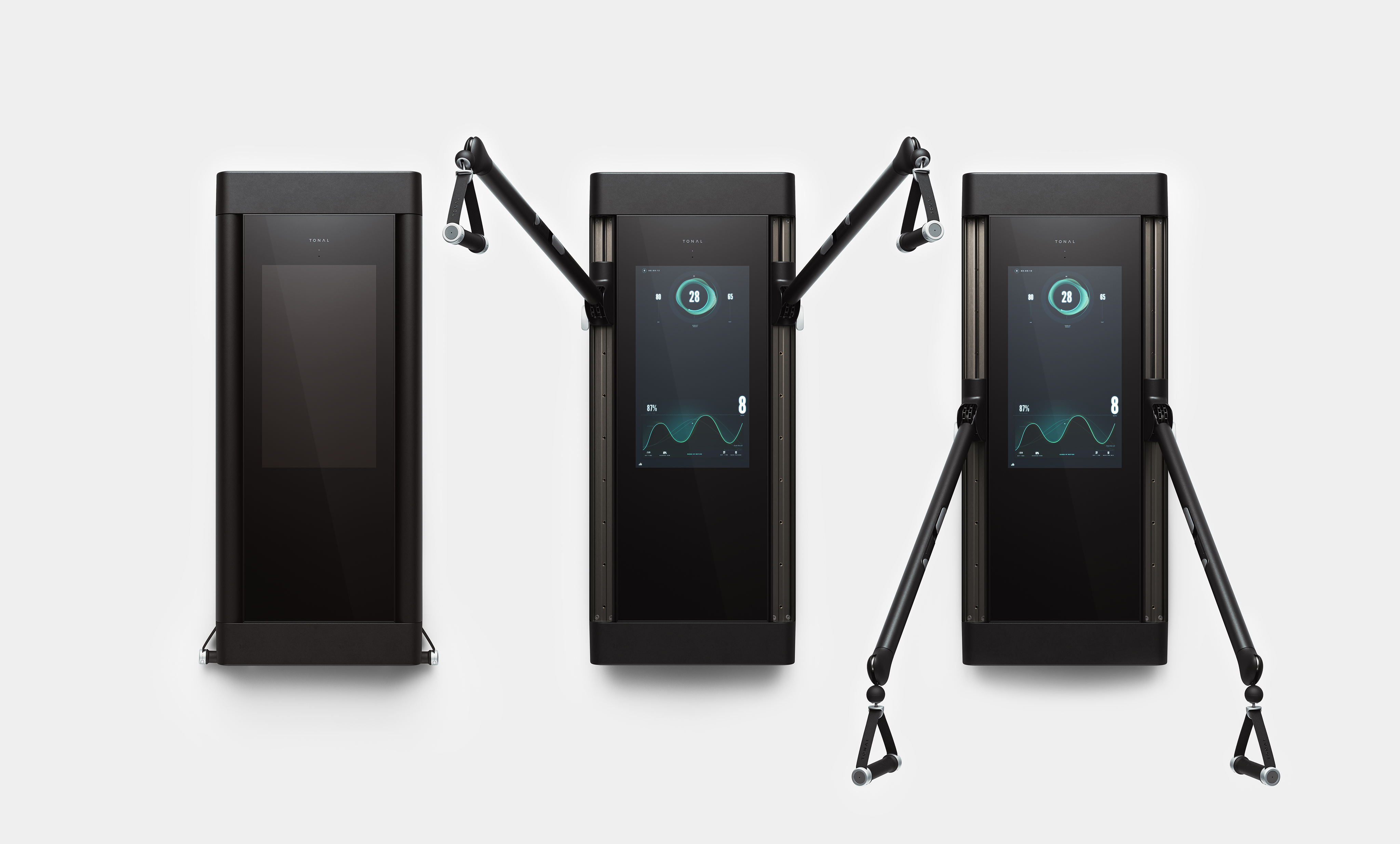

Everyone values innovation, but few agree on how to achieve it. Some see it as spontaneous creativity, others as a matter of luck or timing. The truth is that successful innovation rarely happens by accident. Behind the most transformative products and services are structured approaches, innovation models and frameworks, that provide discipline without stifling creativity.
The question isn’t whether to use an innovation model but which combination of models best supports the unique context of an organization. There is no one-size-fits-all approach, yet understanding the types of innovation frameworks available helps teams turn vision into repeatable results.
At its simplest, an innovation model is a structured framework that guides how organizations generate, develop, and scale new ideas into products, services, or business models. According to Harvard Professional & Executive Development, innovation is “a process that guides businesses through developing products or services that deliver value to customers in new and novel ways.” (Source)
Models of innovation give form to that translation. They help distinguish between invention and innovation. Invention creates something new, but innovation frameworks make it meaningful, adopted, and impactful. Some are oriented toward business innovation models, reshaping how companies capture value through subscriptions or ecosystems. Others are innovation framework models, guiding teams through iterative processes that bring ideas to life.
Without structure, innovation often drifts into scattered brainstorming or unfocused R&D. Frameworks bring clarity to creativity, ensuring that ideas do not just emerge but scale. They create alignment across teams, reduce risk through early testing, and make innovation repeatable rather than episodic.
Evidence supports this. McKinsey’s Design Index found that companies excelling in design and innovation practices outperform peers by nearly two-to-one in revenue growth. Deloitte reports that organizations with structured governance are more likely to achieve above-average profitability. Innovation models, in other words, are not academic, they are strategic imperatives.
Across industries, several models of innovation have shaped how organizations move from concept to market.
Design Thinking is a human-centered framework that reframes problems around people rather than technology. It usually follows five stages: empathize, define, ideate, prototype, and test. The strength of this model lies in its iterative loops, where insights from users continually inform the next design step.
Design thinking reminds us that innovation succeeds when empathy drives technology, not the other way around. It is the best model for products and services that require a deep emotional connection, usability, and adoption.
The Lean Startup model is built for speed and learning. Instead of long development cycles, teams build “minimum viable products” (MVPs), test them with real users, and adapt quickly. The cycle—build, measure, learn—minimizes waste by validating demand before scaling.
Lean Startup favors speed over polish therefore, it fits best for startups, new product launches, or fast-moving markets.
Stage-Gate is a structured, sequential framework often used in complex industries. Innovation projects pass through “stages” of development—idea, feasibility, development, testing, launch—with “gates” in between. At each gate, leaders evaluate performance and decide whether to continue, pivot, or stop.
The industries that this model fits best include industries where safety, reliability, and regulatory compliance are critical, such as consumer goods, healthcare, and similar.
First described by Clayton Christensen, Disruptive Innovation explains how simpler, more affordable solutions can upend established players. These innovations usually start in overlooked markets or niches, then move upmarket as they improve.
Disruptive Innovation is a reminder that breakthrough value often comes from rethinking what “good enough” means and scaling from there.
While the above are process frameworks, business innovation models redefine how value is created and captured at the organizational level. They can transform industries as much as new products.
At Whipsaw, we have learned that these frameworks work best not in isolation but in combination. Real projects rarely fit neatly into one box.
Take Tonal. Its connected strength-training platform required the agility of Lean Startup principles for prototyping, but also demanded design thinking to ensure the product was not only functional but inspiring in daily use.

With Aescape, empathy was the starting point. Designing a robotic massage system that feels intuitive meant grounding the process in design thinking. Yet, to move from lab to market, Stage-Gate rigor was essential to validate performance, safety, and user trust.

Or consider OurCarbon, where we explored a waste-derived material for sustainable applications. Here, design frameworks merged with scientific experimentation, showing how innovation can also mean redefining the materials we use.

These experiences affirm a central lesson: the best innovation model is the one adapted, blended, and reinterpreted for the problem at hand.
From our perspective, four principles distinguish the frameworks that endure.
The next wave of innovation frameworks will evolve alongside new forces. Artificial intelligence is accelerating discovery, ideation, and testing, embedding itself within every model. Sustainability is pushing organizations to adopt frameworks that measure not just profitability but ecological and social impact. And increasingly, hybrid models are emerging—fluid systems that blend structure with creativity, discipline with flexibility.
At Whipsaw, we see innovation frameworks not as prescriptions but as practices. They are tools shaped by experience and intent, evolving as markets and technologies evolve. The future will reward those who understand not only how to apply models, but how to adapt them—turning structure into a platform for imagination.